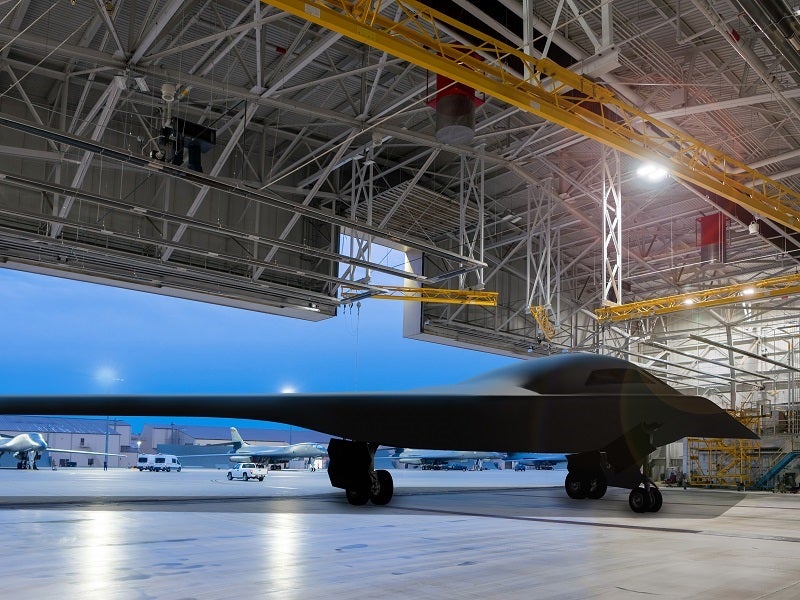
A report released by GlobalData has revealed growth in the global military fixed-wing market will see a compound annual growth rate (CAGR) of 3.12% between 2022 and 2032, reaching $98.3bn, driven by developments in stealth technologies.
The growth will be due to a steady increase in military expenditures of many countries, according to the report, with the key trends driving the demand for these systems over the next decade including high demand for four-plus generation multirole aircraft and a focus on indigenous aircraft programmes.
Harsh Deshmukh, associate analyst defence at GlobalData, commented: “With an increasing need for fifth-generation combat aircraft, countries have already begun their modernisation efforts to replace obsolete fleets with ones that will be relevant beyond 2050. Mid-life cycle upgrades have been focused on prolonging the fleets’ life by up to ten years, thereby allowing the development programmes to obtain initial operational capability.”
Several nations are focusing on the domestic design and production to reduce their reliance on imports of military hardware. Hefty costs of importing foreign aircraft are also driving some developing countries to undertake military aircraft manufacturing initiatives.
Such indigenous efforts would be bolstering the procurement process for the military fixed wing aircraft market which can be seen with the ongoing procurement of aircraft like NETRA and Tejas by India, and China procuring its indigenously developed KJ-600 ISR aircraft. These nations are concentrating on the domestically produced military aircraft and expanding their in-house platform development capabilities, mainly through technology transfer agreements.
High-value programmes
Air force organisations across the world are also working on high-value programmes, such as the joint programme among Spain, Germany and France for the development of a Next Generation Fighter (NGF), Japan’s F-X programme, US’ B-21 Raider, and India’s P-8I ISR aircraft.
How well do you really know your competitors?
Access the most comprehensive Company Profiles on the market, powered by GlobalData. Save hours of research. Gain competitive edge.

Thank you!
Your download email will arrive shortly
Not ready to buy yet? Download a free sample
We are confident about the unique quality of our Company Profiles. However, we want you to make the most beneficial decision for your business, so we offer a free sample that you can download by submitting the below form
By GlobalDataIn early May, Northrop Grumman completed the first loads calibration test of the first B-21 aircraft. The recent test is one of three major conditions the aircraft will undergo in this phase of ground testing as it progresses toward first flight.
The growth of the fighter aircraft market has been further aided by the technological developments in stealth and precision weaponry, as nations seek to have the most modern fighting capabilities. It is also expected that the development of fifth-generation fighters such as the F-35 will increase over the forecast period.
Deshmukh concluded: “The fifth-generation fighters usher in new levels of performance, while also introducing stealth profiles and advanced avionics. There are several indigenous programmes being undertaken by the developing countries like India with its AMCA, Türkiye’s TAI TF-X, and Russia’s SU-75 Checkmate. On the other hand, the US is dominating the space with Lockheed Martin’s F-35.
“However, due to lower procurement and operational costs in comparison to fifth generation aircraft, there will also be a significant demand for multi-role 4.5 generation combat aircraft, mainly from developing countries.”


